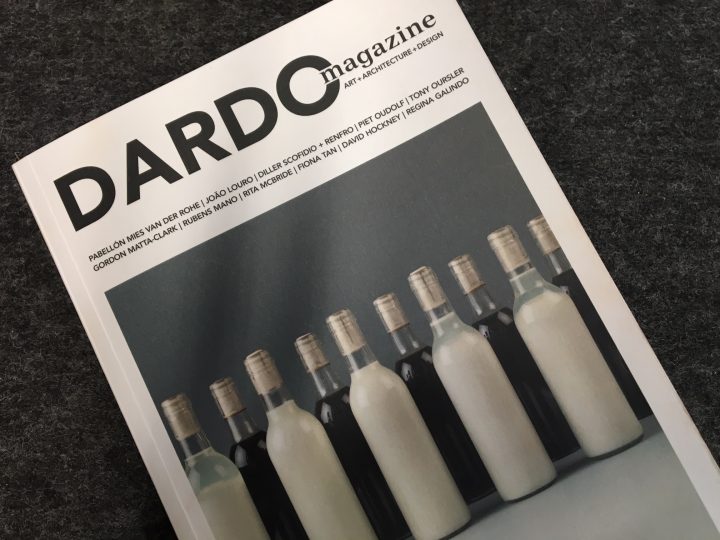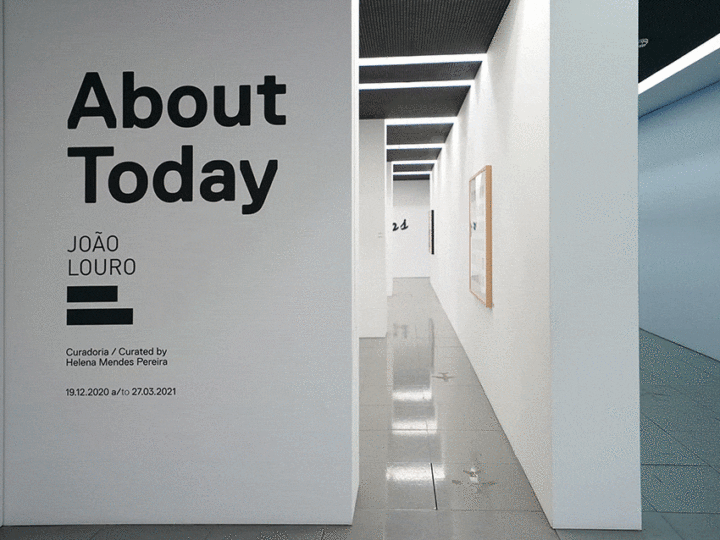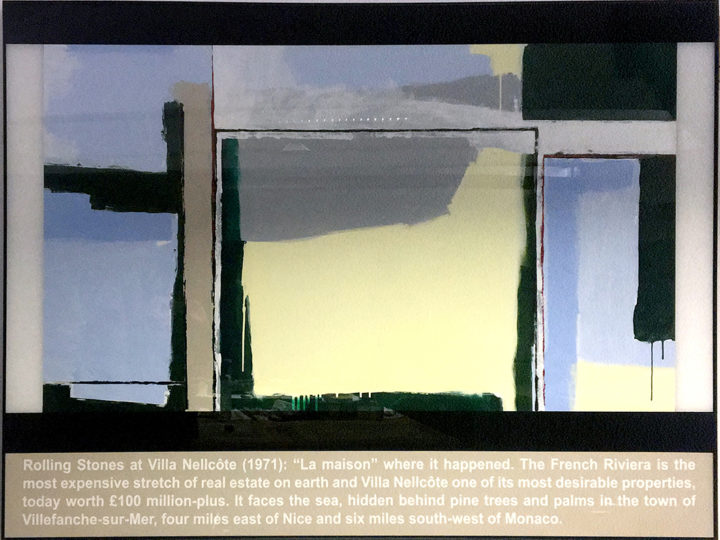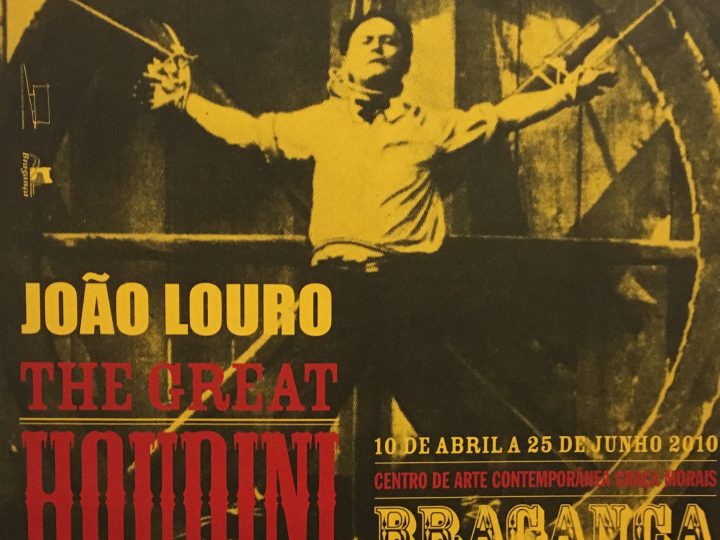
The artwork I’ll Be Your Mirror by the Portuguese artist João Louro directly informs the viewer that it wants to be his or her mirror. When one steps in front of the work, one does not stand opposite a mirror in the conventional sense, but rather a text in English that shines from 19 black fluorescent tubes fixed diagonally on the wall. This text structured into four verses might be a poem, but perhaps a song as well. Each fluorescent tube bears one line of text. The grammatical structure of the verses in turn determines the number, length and rhythm of the fluorescent tubes. The black cables hanging down on the sides supply the fluorescent tubes with electricity, making the text shine brightly. In this form of presentation, the text lit up against the black background strongly claims the attention of viewers for itself. Through the effect of the light, it suggests that it wants to confide something of particular concern in the viewer and begins its narrative stages in white on black with the sentence ‘I’ll be your mirror’.
This statement can, however, also be construed as a threat: unlike a painted picture, a mirror generally does not keep anything secret from the person opposite – it simultaneously presents the person’s positive and negative sides in equal measure. Because Louro’s work purports to have an ‘I’ and addresses the viewer with ‘you’, an exchange of thoughts develops between them, however which is here based on rhymed words are not on a visual depiction. For someone who enjoys lyrics, this might be a familiar experience but unknown terrain, if not even an unpopular activity for anyone else. Nevertheless, in both cases reading viewers quickly comprehend that this text is a song about affection, devotion and love. the imaginary ‘I’ reveals itself to those opposite in the illuminated text, purports to mirror them to therefore know them, and even to be able to recognize the good in them better than they would personally like. This message can have two meanings. On the one hand, the ‘I’ in Louro’s artwork addresses how visual works affect us in general. Their ability to make us feel, react empathetically to them, and sense our own physicality as a result of the body depicted is expressed metaphorically in the sentence ‘I’ll be your mirror’. This thought leads to a very personal perspective, from which Louro’s work can also be considered. Since the song is not sung or recited by a person, but instead matter-of-factly offered for reading, the reader ultimately decides what or who is speaking these words in his or her imagination, for instance a person that he or she personally loves. Despite the fact that one stands here before an object of the material world, one is suffused with a warm feeling of contentment when looking at it. If one obtains more information about this artwork, one learns that what João Louro has visualized here is the text of the song I’ll Be Your Mirror by the rock band Velvet Underground, active in the sixties and early seventies. For viewers who already are familiar with the text and/or song perhaps associate it with particular moments in their lives, the encounter with Louro’s work can also have a personally charged character. Experiences, memories and emotions that make the reception of the artwork very subjective are called to mind.
The Velvet Underground has today been conferred the role of having been an important innovator in rock music. But the band attracted little attention at the time of its existence. This did not apply, however, in the case of Andy Warhol. He became their sponsor and produced and designed their records. Their debut album, which also includes the calm piece of music I’ll Be Your Mirror, was released in 1967. Unlike this song, the other songs of the album provoked with raw texts about drug addiction and sex. Lou Reed, the band’s singer and guitarist, wrote all the songs. Nico, the attractive German photo model also engaged by Warhol, sang four of them. In the black-and-white music video for I’ll Be Your Mirror, Nico shows her fashionably made-up face in close-up, without even looking into the camera in a single time. She instead playfully and coquettishly looks at herself in a round hand mirror, examines her appearance, and corrects the tips of her long fringe with scissors. Nico only admires her own image before the eyes of the audience: She is the ‘I’ that is reflected. Looking and simultaneously being looked at gives rise to a game already used by numerous artists as a popular image motif – the figure of the goddess Venus with a mirror – so as to put viewers in the role of a voyeur.



